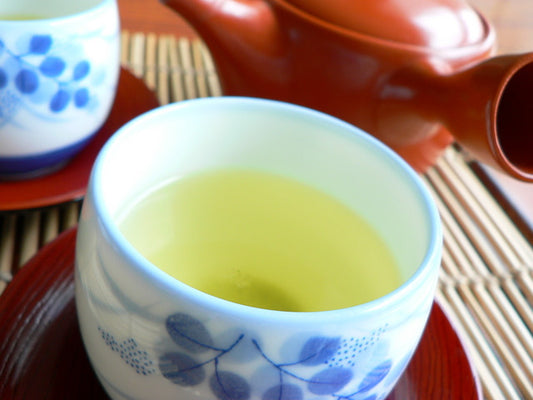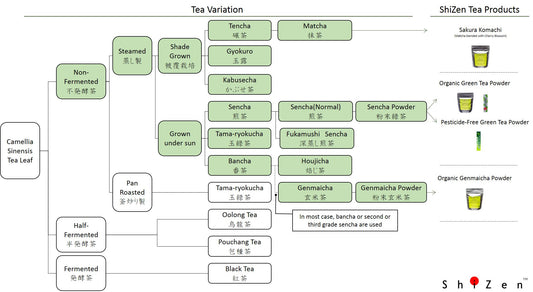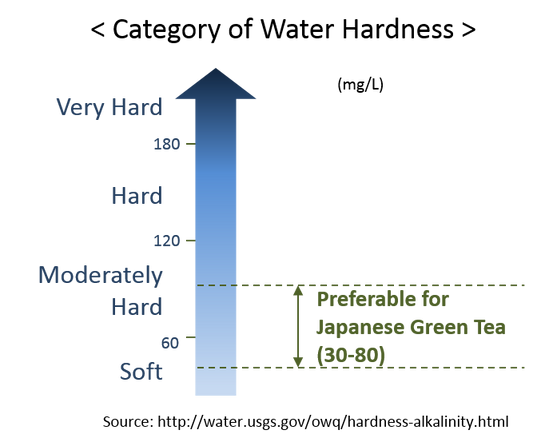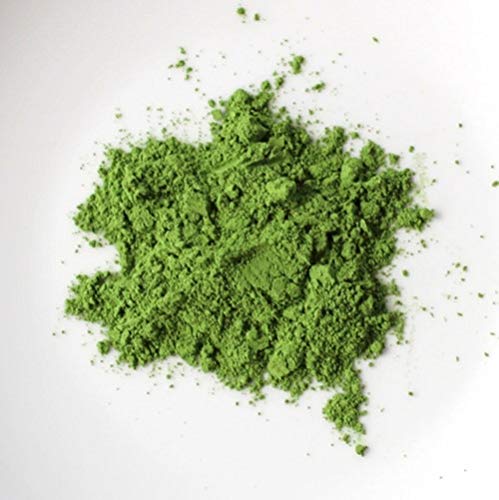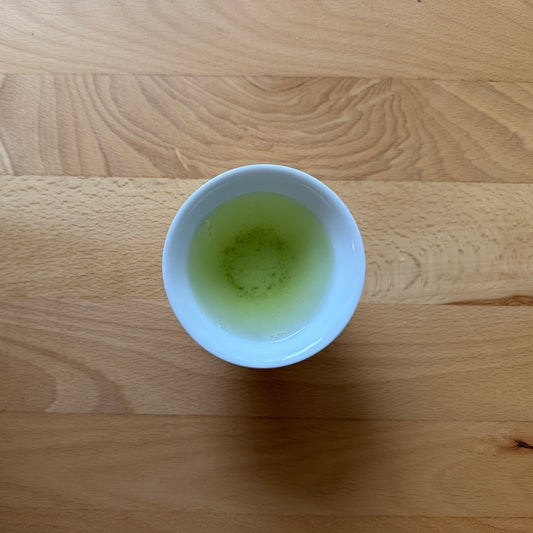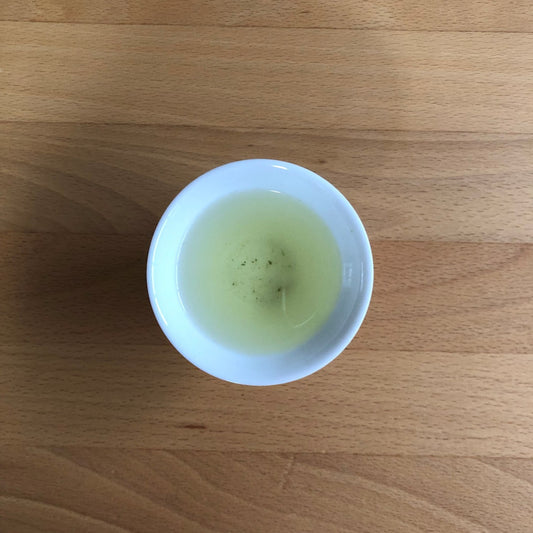Episode 1: The Spread of Tea to Japan by Envoys and Monks
Matcha is now experiencing a worldwide boom, and the supply cannot keep up with the demand. This is happy news for the Japanese tea industry, but at the same time, when something becomes a trend, it often means that people start consuming it before understanding its essential and cultural value. For this reason, I would like to take this opportunity to explain the history of how matcha became a beverage so deeply connected to Japanese culture. I do not know everything myself, but I would like to share what is generally said, along with information I have gained from my own experiences with various producers.
The Beginning of Matcha: The Spread of Tea to Japan by Envoys and Monks, and Tea Drinking in the Heian Period
It is said that tea was first brought to Japan mainly by the Japanese envoys to the Sui and Tang Dynasties (Kenzuishi and Kentoshi), and by student monks who traveled with them, during times of official exchange with mainland China.
The first clear record about tea drinking in Japan is found in the Nihon Koki (Later Chronicles of Japan). It is a description from the year 815, during the early Heian period [794-1185]. When Emperor Saga visited Shiga in Omi Province (present-day Shiga Prefecture), a monk named Eichu from Sofukuji Temple presented him with tea that Eichu had prepared himself. Eichu was a high-ranking monk who went to Tang China [618-907] in 804 as a member of the Kentoshi mission, and he returned after living there for nearly 30 years. It is believed that he learned the custom of drinking tea in Tang China. At that time, it is presumed that what was introduced to Japan was mainly the brick tea of the Tang Dynasty and the method for decocting it.

"Portrait of Kukai, Kōbō Daishi". Kamakura period. Collection of Tō-ji Temple, Kyoto. Sourced from Wikimedia Commons.
Also, researchers point out that it is possible that renowned monks like Saicho (founder of the Tendai school) and Kukai (founder of the Shingon school), who returned from China around the same time as Eichu, also brought tea seeds and the tea-drinking culture to Japan. Saicho practiced at Mount Tiantai in Zhejiang Province, China. As Mount Tiantai was a famous area for tea production at the time, it is not difficult to imagine that Saicho became interested in tea. Kukai also stayed at Ximing Temple in Chang'an, and it is thought that he had opportunities to drink tea.
In the early Heian period [794-1185], Emperor Saga greatly liked tea, and the custom of drinking tea spread in the imperial court and among some temples. It is also said that Emperor Saga ordered tea to be planted in the Kinai, Omi, Tanba, and Harima regions, and ordered it to be presented to the court every year. Tea drinking in this period was limited to certain classes of people, such as the nobility and monks. For example, it was served to monks at Buddhist services in the court or used as an offering in ceremonies at large temples. How tea was accepted was mainly for its value as medicine, as a rare foreign culture, or as part of religious ceremonies. This shows a strong admiration for the culture of Tang China [618-907].
Next we will look into the period of Tea Drinking in the late Heian Period. Thank you for reading. Hope you enjoyed. Arigatogozaimasu!


